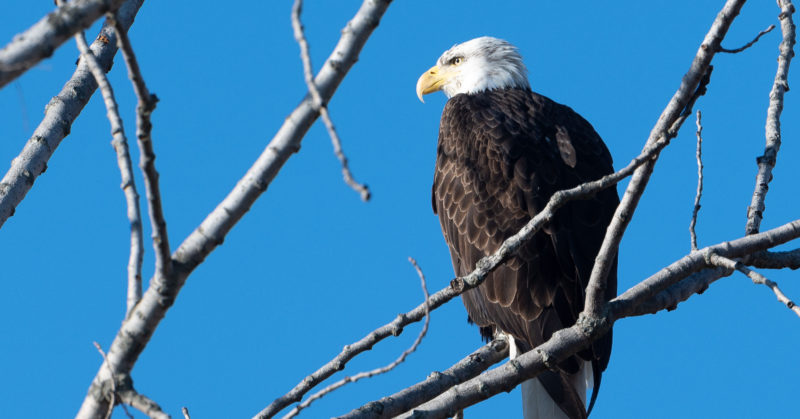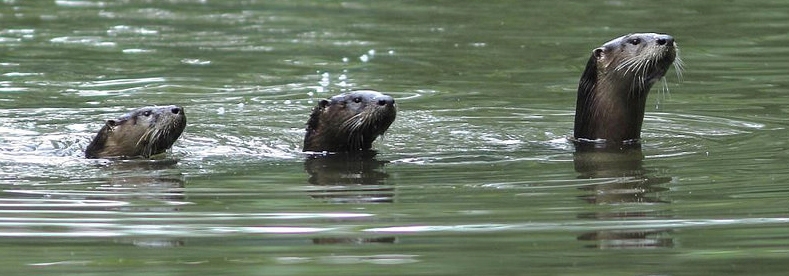By Jeff Kohmstedt
This year marks the 50th anniversary since the Endangered Species Act of 1973 (ESA) was signed into law by President Richard Nixon. In that time, we have seen some species come back from the brink of extinction, but too many have been added to the list. In this article, we look at the ESA, its success and its challenges.

We now take for granted the sight of a bald eagle in our skies. The white head shining brilliantly on the blue backdrop of the sky, leaving no doubt you are looking at one of America’s greatest symbols. If not for the Endangered Species Act of 1973, we might not have that sight at all.
The ESA replaced two earlier laws that sought to protect endangered species, the Endangered Species Preservation Act of 1966, and the Endangered Species Conservation Act of 1969. The first established a federal list of endangered species and the second expanded on that list to include species around the world. The Endangered Species Act took those two bills and did so much more. It expanded the power of the endangered species list, created a “critical habitats” designation for places where endangered species live, and it expanded the authority of agencies to protect both habitat and the endangered species that live there.
Who Doesn’t Like a Spotted Owl?
When the ESA passed in 1973, it did so nearly unanimously, passing the U.S. House 390-12 and unanimously in the Senate. In today’s political climate, it is hard to believe we could come to such agreement on an issue of such importance: saving wildlife.
Between 1970 and 1990, 542 species were listed as threatened or endangered. The need for action to protect species was clear. In 1963, the bald eagle, the symbol of America, had fewer than 500 breeding pairs in the lower 48 states. As of 2020, population estimates have increased to 316,000 individuals including over 71,000 breeding pairs.
Many people probably had not heard of or thought much about the ESA after its enactment until the northern spotted owl started making headlines in the 1980s and 1990s when the media pitted loggers against a bird and its habitat. That fight, which culminated in a 1991 federal court ruling that the owl should be protected, was perhaps a signaling of future political entrenchment on the environmental front.
What We Saved
In one sense, the ESA is a feel good story. The country came together, enacted legislation to solve a problem, and “saved” threatened or endangered species. The bald eagle now has a conservation status of “low concern.” In addition to bald eagles, American alligators, which were originally protected under the 1967 ESA law, have largely recovered from the brink. Humpback whales were listed as endangered in 1973. Today, their populations are slowly rebounding worldwide thanks to public outcry, a commercial whaling moratorium, and the ESA.
The ESA also inspired states to create their own lists with their own success stories. For example, the river otter was listed as endangered in Illinois in 1989 but has since recovered through reintroduction. It was officially delisted in 2004.
While these success stories are heartwarming, in the face of global climate change, shouldn’t we do more?

Does the ESA Go Far Enough?
As we have seen, the success stories of the ESA are truly remarkable. The criticism of the ESA is equally so, from control of land use to pitting animals versus people. As PRN celebrates the 50th anniversary of the ESA and all it has accomplished, we must ask: does it do enough? Are we saving the flashy species (“charismatic megafauna”) over the less exotic or lesser-seen ones? How many species have we already lost, and how many are we currently failing to protect because we do not have the resources to assess their populations and enforce protections? No doubt, the world is a better place because of the ESA. A world without humpback whales, bald eagles, or our iconic river otter is one lacking the biodiversity the world deserves. But there is clearly more to do.







